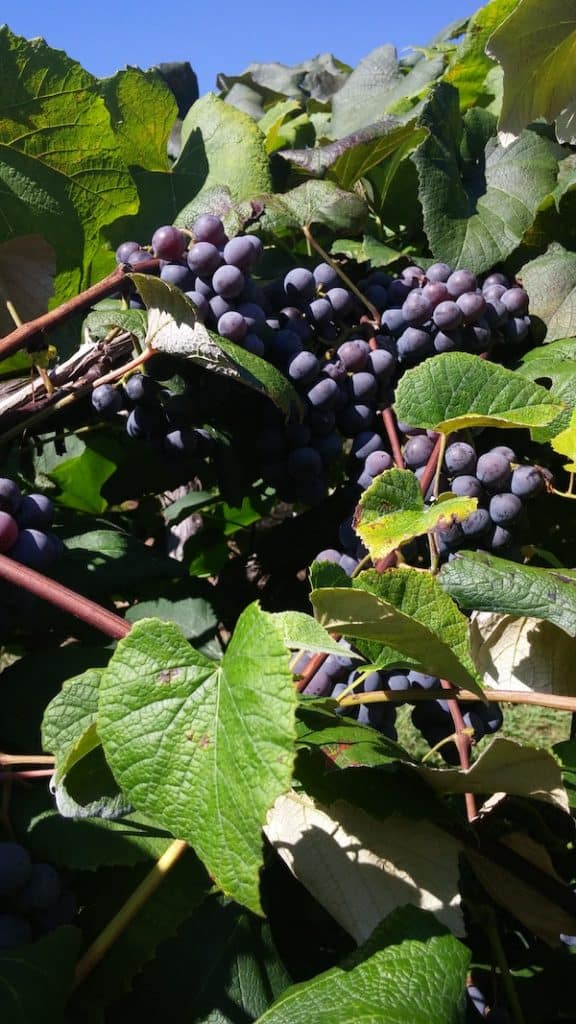Last year Georgians witnessed an unusually high accumulation of rainfall, which brought with it concerns for farmers and growers throughout the state. With fields receiving several inches of rain in short periods of time, waterlogged soil was often a consequence.
The concern is that excessive moisture in soil can deprive plants of oxygen, often resulting in root rot. In addition, heavy rains leach nitrogen and other nutrients from the soil, stripping plants of nutrition. Replacing these elements becomes difficult because saturated soil limits farmers’ ability to access their fields. Excessive water also increases a crop’s vulnerability to weeds, pests and fungi. Without periods of dry weather, it is almost impossible to apply the herbicides, pesticides and fungicides that are necessary to protect field crops such as watermelon, cantaloupe and peanuts. In Rabun County, where rainfall topped 122 inches in 2018 (compared to an annual average of 70 inches), residents watched as unprecedented rains left cabbage fields so waterlogged they could not be harvested.
At the same time, throughout Northeast Georgia, torrential rains also presented significant challenges for vintners. According to Dr. Cain Hickey, viticulture extension specialist at the University of Georgia, what is true for field crops can also be true for grapes. “One of the greatest threats to grapes during periods of high rainfall is fungal disease pressure. Heavy spring rains often cause latent infections that don’t manifest until the fruit begins to ripen. The main challenge for vintners during these heavy rainy periods is getting into the vineyards to spray. In order to be effective, you have to have enough dry hours for the fungicide to take effect. The best way to protect the grapes is to spray before the rain whenever possible. But this past season often resulted in growers spraying between rain events.”
According to Hickey, another problem for vintners during high rainfall periods is the necessity of harvesting earlier than normal. “Sometimes vintners are forced to pick early to preserve as much rot-free fruit as they can. When you pick early, you can expect high acidity and lower sugar content. However, whatever the acid and sugar levels turn out to be, they can be adjusted by the winemaker during the winemaking process.”

Hickey notes that even though there are similarities with field crops, grape vines do have one advantage during heavy rains in that vineyards are usually planted on sloped hillsides. This affords the rain an opportunity to flow away from the plants. Because of this, grape vines are not as vulnerable to excessive water uptake and root rot as crops produced on flat or low-lying ground.
Hickey says that one upside to the unusual weather patterns in Northeast Georgia is unparalleled wines. “Our unpredictable weather is what makes our wines unique. In our region, say from Gilmer County to Stephens County and everything in between, there are many microclimates that vary from one vineyard to the next. Because the rains can be so sporadic, they create a multitude of different environments for grape growers across the region. If you want wine that has the same cookie-cutter taste year after year, you probably won’t get it with East Coast wines. Our wines are unique and often vary by vintage. That’s what makes them interesting and distinctive. I often tell people, if you find a vintage that you really like, buy several bottles, because chances are it will be somewhat different next year. ”
Larry Lykins, owner and winemaker at Cartecay Vineyards in Ellijay since 2011, is very familiar with Georgia’s unpredictable weather. “Because our vinifera grapes are more susceptible to rot and fungus than native grapes or hybrid grapes, we have to be diligent about maintaining our vines during heavy rain periods to protect them from downy mildew and powdery mildew. Grapes don’t like wet feet, so vineyard management takes perseverance. This past year we contended with frost in the spring, a wetter than normal summer and the threat of hurricanes in the fall, and still we had a decent harvest season. Even though tonnage was decreased, it still turned out to be a good year.”

Lykins is optimistic about the weather in 2019, even though forecasters are predicting an El Niño that will bring more wet conditions. “Sometimes I look at the seven-day forecast, or even a three-day forecast. But for me, the only thing I really trust is sticking my head out the window to experience the weather for myself.”
Regarding the weather, perhaps it’s best to just heed the wisdom of beloved poet Henry Wadsworth Longfellow: “The best thing one can do when it’s raining is to let it rain.”
